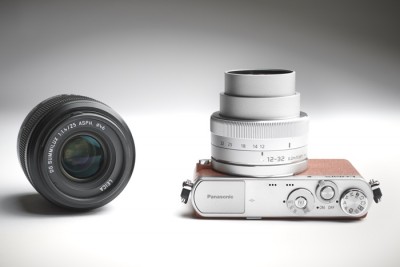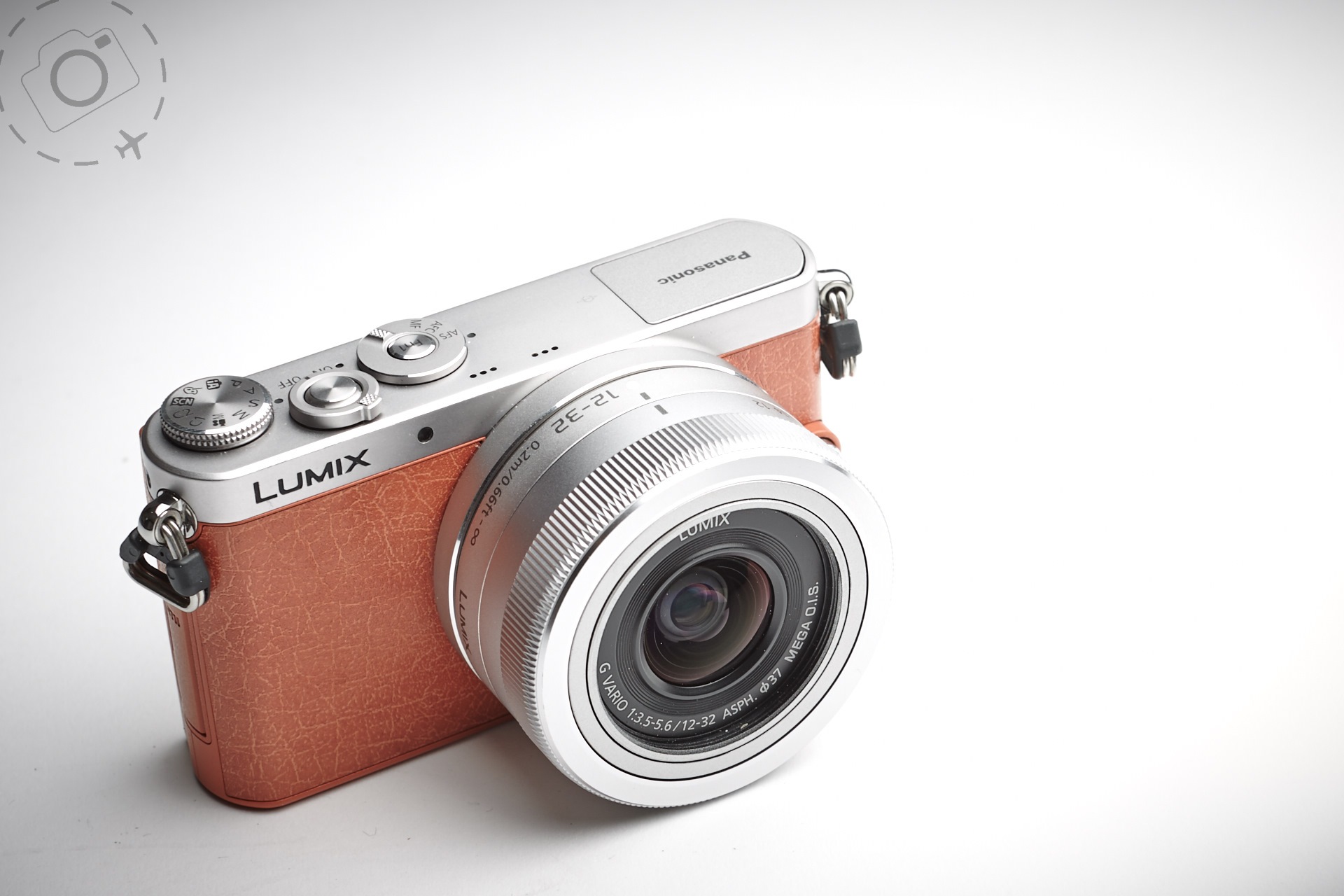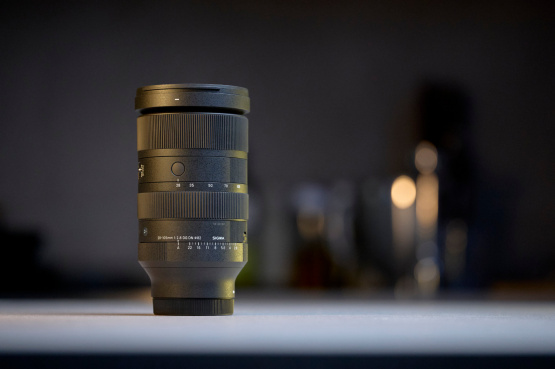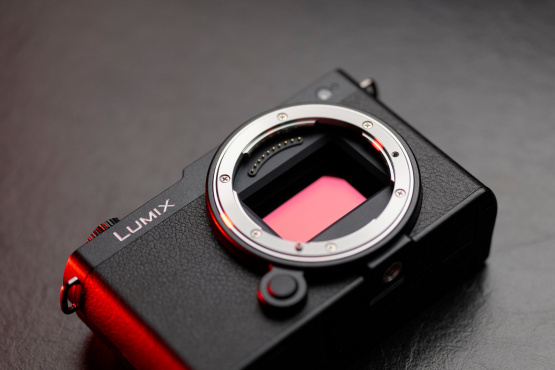The smallest of the Micro Four Thirds (MFT) systems so far, the GM1 is smaller than many compact cameras yet still retains the ability to swap lenses across the entire range from Lumix and Olympus. In order to keep the form factor smaller than a regular MFT they even developed a new 12-32mm lens that fits snug with the GM1.
The new lens is almost inseparable once matched to the GM1, because when you put a regular MFT lens onto the body it looks rather silly. We tested the GM1 with a prime 25mm f/1.4 and found it performed every bit as good as the bigger GX7. The autofocus operation was characteristically impressive of the Micro Four Thirds line, with the advantage of a rear touch screen to employ the "tap and shoot" mode if the shutter button seems too old fashioned for you.

To make the GM1 as tiny as possible some of the more common place features for a mirrorless camera are absent. Gone is an articulated rear screen, the electronic viewfinder and even a flash sync. The battery is scaled down to a 680mAh version as part of the space saving process. Panasonic have retained a very basic flash unit latched down with a minuscule release switch, which cranes itself into position and looks as delicate as a butterfly.
You wont need a flash very often though, with the same excellent ISO performance inside the GM1 that we saw in the GX7 released in 2013. In dull lighting the camera produces good images that hit above it's size.
Because the GM1 uses contrast-detect the entire sensor is effectively your autofocus grid. Face recognition and subject tracking modes work well, or you can set a specific point on the screen and adjust the size of that point. Anything goes and pretty much everything works.
Unlike some of the other Lumix models this one skips on the NFC, so connecting to your smartphone is not quite as smooth as other models from Lumix. Once you're connected everything works nicely, and the standard Lumix Link app does a good job of driving the camera. There are better smartphone-to-camera apps on the market to be sure, but the Lumix version is not the worst either.
Connectivity is a major selling point for the GM1, because it's small enough to have with you all the time and convenient enough to want to upload the pics to social media.

A key ingredient to making the GM1 useful at this size is an effective user interface, and the GM1 takes full advantage of the touch screen to make adjusting shoot settings simple and fast. You don't have to be an expert to drive it, there are sufficient on screen prompts to get most jobs done. Additionally you can customise a wide range of the buttons according to what tasks you tend to employ the most.
Sending images to your phone over Wi-Fi Direct, for example, can be accessed quickly while reviewing, with the ability to select a bunch of images and upload scaled down versions to your phone. The Lumix Link app must be running before you begin the process, but after that it's painless and quick.
Making the Micro Four Thirds this small did require some re-eingeering of the shutter, and the new design is lighter and more compact than anything else wearing the Lumix label. Extending the performance is an electronic shutter which allows the GM1 to shoot faster speeds and more rapid continuous frames under specific circumstances.
Maxed out at 1/16,000th of a second and grabbing 10 frames per second the JPG files are limited only by the speed of your SD card. We put an Extreme Pro Sandisk 90mb/s card in the GM1 and held down the trigger until the card was full. There is also an option to shoot reduced resolution JPGs and grab 40fps. At the other end of the speed spectrum the GM1 has in-built support for time lapse shooting, making this a very compact and discrete platform for time lapse work.

Size does matter and it's possible the GM1 is just too small for many photographers. Put side by side with the GM1 the already modestly sized Lumix GX7 looks like a monster. The GM1 is so small that clipping on a regular Micro Four Thirds lens looks out of scale, and indeed defeats the purpose of such a compact design.
If you do intend to invest in good quality lenses then the bigger models such as a Lumix GX7 really does make more sense. Better battery life, the flexible rear display and a more tactile feel in the hand are just some of the rewards when buying bigger.
As a stepping stone to more advanced photography there is considerable appeal in the GM1 however. You can cut your teeth on manual modes, learn to appreciate the effects of aperture and ISO, and keep the door open to experimenting with how a different choice of lens will change your photography. Eventually you're likely to outgrow the GM1, but in the meantime you'll have something the size of a compact that shoots like an entry level DSLR.
Good things do come in small packages, so how small is right for you?

Keep Reading
Join Ewen's newsletter for monthly updates on new photography articles and tour offers...Subscribe Here









